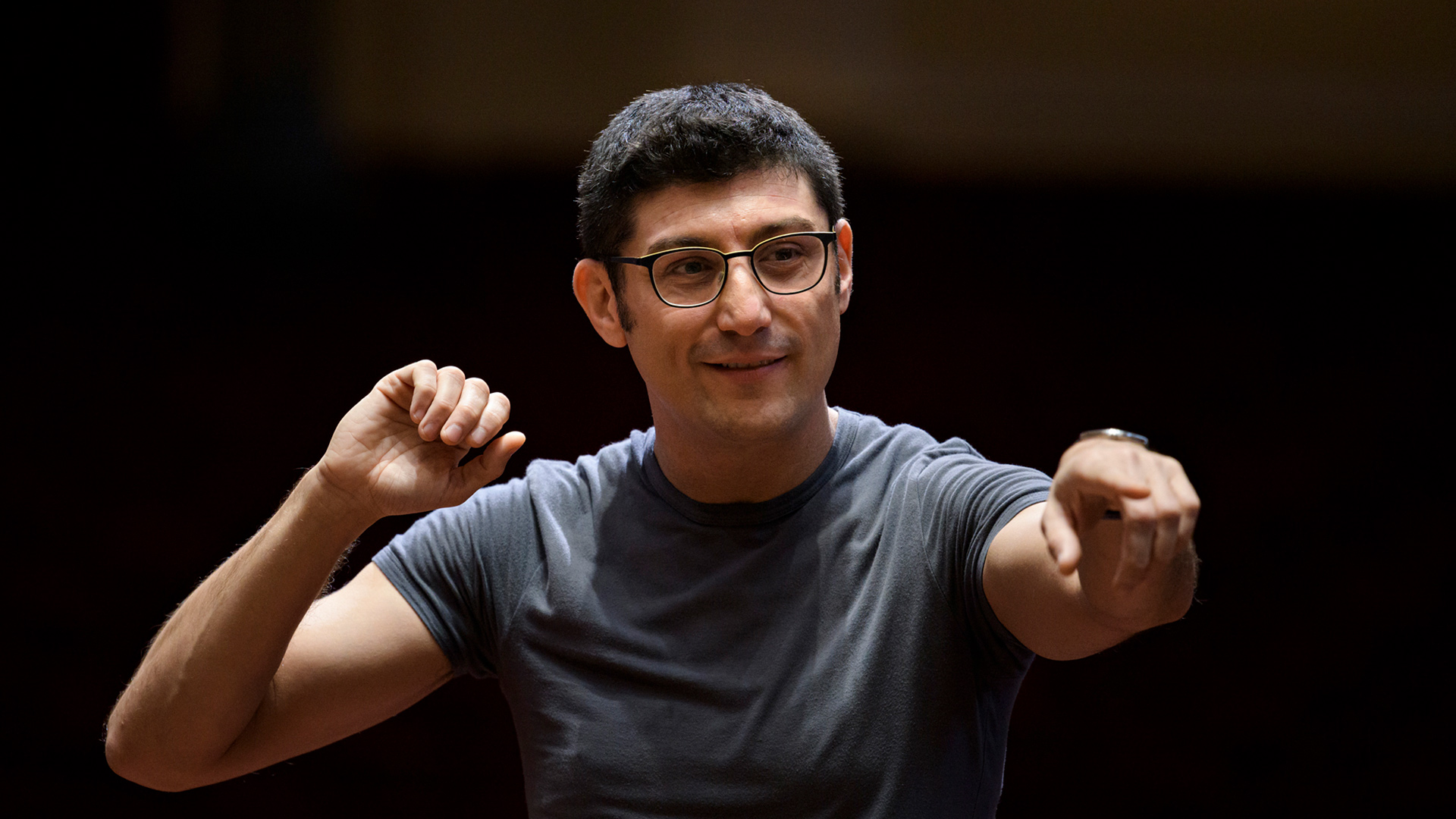FRANCIS POULENC
Concert F.P. 93
(transcription for solo organ by Giorgio Revelli)
WOLFGANG AMADEUS MOZART
Symphony n. 9 in C major K. 73 (75a)
PASQUALE ANFOSSI
Symphony from La clemenza di Tito
(first modern performance)
WOLFGANG AMADEUS MOZART
Symphony No. 16 in C major K. 128
Organ
Giorgio Revelli
Conductor
Giulio Prandi
Opera Carlo Felice Genova Orchestra
The Concerto F.P. 93 had a troubled genesis, beginning in 1934, when Winnaretta Singer, Princess of Polignac, commissioned Jean Françaix to write a piece for organ and orchestra. The composer backed out, so the commission passed to Francis Poulenc, who worked on the Concerto for four years. Although initially intended to be a linear, easy-to-perform composition, Poulenc drew inspiration from Johann Sebastian Bach and Dietrich Buxtehude to create a broad and articulate Concerto instead. In Poulenc’s work, in a single movement with seven uninterrupted time signatures, Bach’s reminiscences are combined with a lyrical and epic atmosphere, but also with distinctly 20th-century compositional techniques, the extensive use of dissonance and references to musical romanticism. The Concerto is on this occasion performed in Giorgio Revelli’s transcription for solo organ.
The Symphony No. 9 by Mozart was composed between 1769 and 1770. The composer, who was then 14 years old, was preparing for his first trip to Italy. It is unclear whether the composition of the Symphony began in Salzburg or during the journey itself, although most probably the first performance took place in Italy, where Mozart presented his music in numerous concerts. The influence of the Sammartini school, which he met in 1770, on the composer’s style is more evident here than ever before. The Symphony is in four movements: Allegro, Andante, Minuetto and Trio and Molto allegro, and highlights the astonishing awareness Mozart had already acquired by that age. The light and bright character, suited to the destination of this first Symphony in C major, already shows several nuances and a skilful handling of the instrumental lines, with surprising and innovative solutions.
Pasquale Anfossi (Taggia, Imperia, 1727 – Rome, 1797) was one of the Italian composers who most directly influenced Mozart’s style. His production counts seventy-four operas and many works of sacred music. He did not devote himself to the symphony genre in the strict sense, but to the symphony as an opening piece for operas. His orchestral writing is thus characterised by strong expressiveness, aimed at portraying the dramatic atmosphere of the opera that was to follow by capturing the colours and affections of the narrative. The Symphony from Clemenza di Tito, composed in 1772, traces in its three movements the refined spirit of the composer’s research. Significantly, the same Metastasian libretto employed by Anfossi was taken up in Mozart’s Clemenza di Tito of 1791.
The Symphony No. 16 by Mozart dates from shortly after No. 9. 9. It was 1772, the composer was in Salzburg, he had returned from his first trip to Italy but was preparing to leave for the peninsula soon. As for No. 9, the link with the Italian school is maintained, here explored through a form in three movements: Allegro maestoso, Andante grazioso and Allegro. Only a few years later, one notices an even greater timbral and motivic sophistication, with thematic echoes that the composer would later reuse. The Allegro finale also shows an affinity with the Italian concerto grosso, where an almost soloistic horn moment emerges from the orchestral discourse.
Ludovica Gelpi
